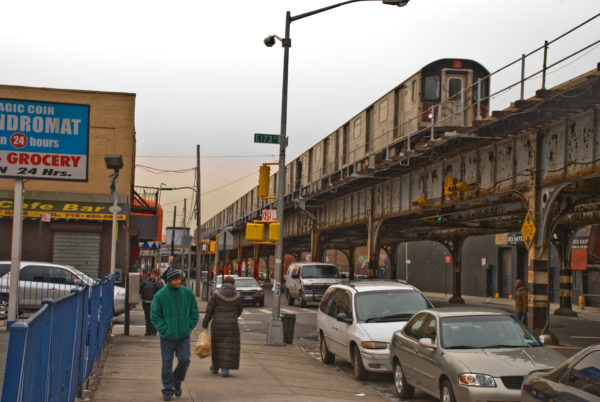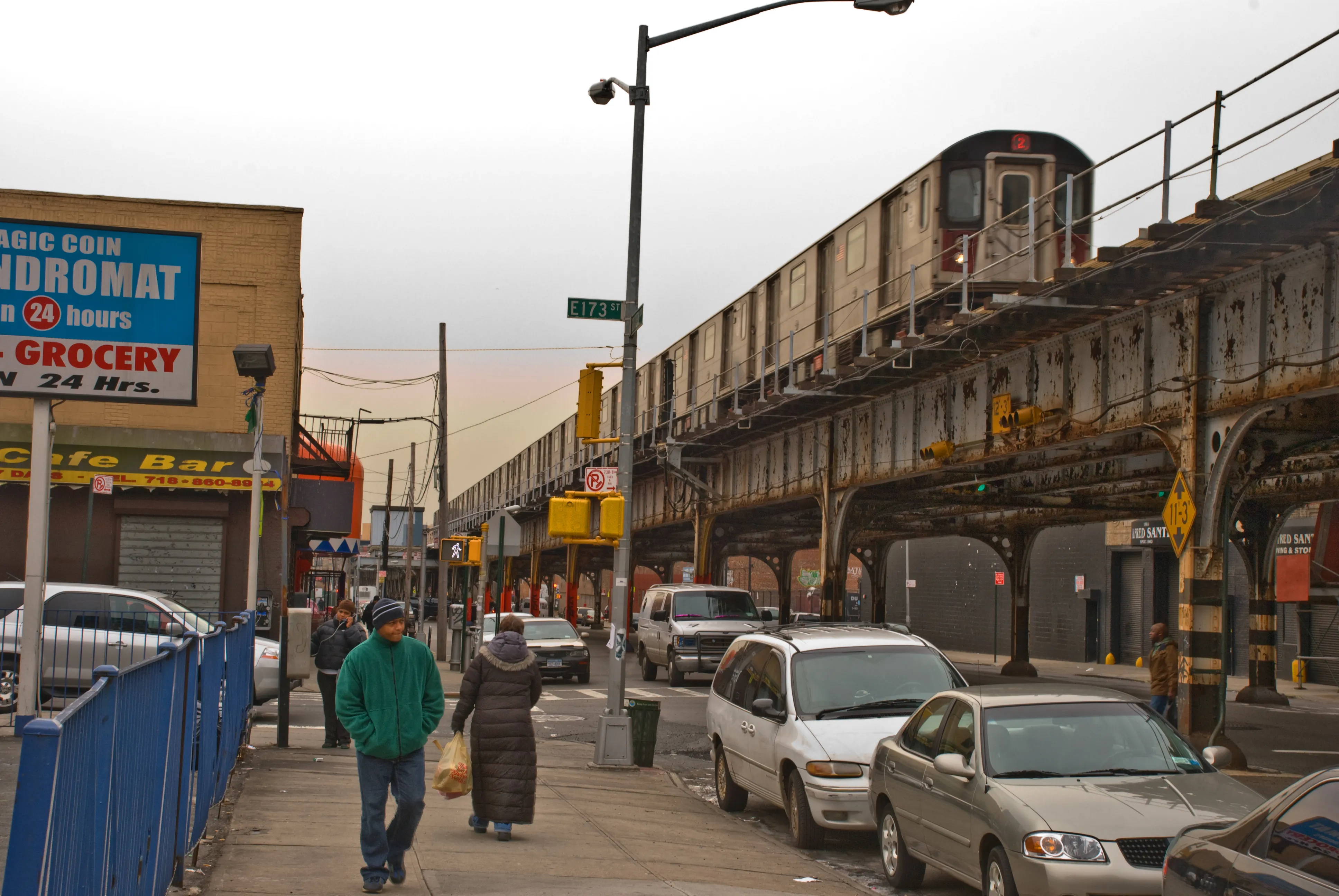
I like dirty realism because it reeks of authenticity. Although I breathe for for the glorious intellectual rabbit holes of David Foster Wallace and John Barth, I don’t always have the energy for prolific footnotes or existential crises. When the sly literary winks aren’t doing it for me, I turn to stories with a little more hair on their chests, stories a little more base and raw. That’s not to say poorly written; dirty realism is, as Francois Villon once wrote, a union of “gutter argot and the language of the Schools.”
Bill Buford conceived the term “dirty realism” in 1983. The genre has also been hailed as Kmart realism. The phrase is used to describe the work of a number of American authors writing in the late twentieth century, including Raymond Carver, Jayne Anne Phillips, Richard Bausch and Stanford’s own Tobias Wolff. Their literature was defined by its subject matter: as Buford wrote of the dirty realists, “They write about the belly-side of contemporary life — a deserted husband, an unwed mother, a car thief, a pickpocket, a drug addict – but they write about it with a disturbing detachment, at times verging on comedy.” Thematic undercurrents of class, consumerism and degeneration course through the literature. It provides the reader with a sense of unromantic worldliness.
Because the lives of the characters are unadorned, a certain legitimacy is granted to the fiction. The struggles of the lower class are often presented as grueling but noble. Dirty realism turns its eye on the people that are often dismissed by the literary elite. It does so matter-of-factly, without pity. The absurdity and complexity of life, the stuff that ossifies the skeleton of fiction, is apparent even in the most barren fields and unglamorous gutters.
I grew up in Buffalo, New York, a city where it’s not difficult to bear witness to the dispossessed, or to what Raymond Carver described as the “low-rent tragedies” about which he wrote. Although Buffalo is now going through a sort of revitalization, it’s consistently ranked as one of America’s worst cities; one of our mottos is “Buffalo hates you, too.” Almost a third of the population lives in poverty, and the cityscape is dotted with crumbling factories. In some neighborhoods, there are straight rows of boarded up houses, and if you’re looking for ruin porn, the abandoned industrial structures ensure it’s not hard to find.
Of course there are beautiful parts of the city, too, with booming commerce and thriving artistic communities, but that picture is incomplete. The woman living in a Target shopping cart layered with snow has a story too. It’s all too easy on Stanford’s sunny, idyllic campus to forget about those grittier glances of humanity. Richard Ford, I imagine, would look for stories not by taking a stroll through Tesla’s headquarters but by walking around the blocks of East Palo Alto. In a land where tech giants and academic masterminds stretch into the clouds before us, I don’t want to lose sight of a greater, if uglier, picture. There is profundity without glory.
The small-town Trump voter, the coke addict under the bridge and the woman with stretched stained sweatpants and a tramp stamp barking at the cashier for rejecting her expired coupon: they are all part of an invisible American narrative. Dirty realism reminds me of how interesting people are, and how complicated. The stories urge me to be empathetic by painting a callous world, one far from the existence I know at the moment. Maybe that woman with the ugly sweatpants had a family to feed. Perhaps she was depressed, or her wife had left her.
This genre is rooted in the grey area. The genre is by definition unclean, the characters sitting comfortably in the undefined. There are no fragile rules, only the sloppy and inconvenient truths. There is little interpretation or investigation by the authors themselves as they somewhat democratically erase firm boundaries; the only inquisitor is the reader. Universal truth bows to individual morality and subjective integrity, if not weary hedonism. Most people live like that, too.
Spare prose and direct description are important qualities of dirty realism; the text doesn’t play games because fundamentally, life is what it is. Sometimes it’s good and often it’s terrible. The plain nakedness of the content and prose alike quenches some desperate, cerebral solitude in me. If there is any irony in the work (and there often is), it the story’s own organic and low-hanging fruit. It takes authorial skill to truthfully emulate the world’s cruel, delinquent humor.
The poems of the infamous Charles Bukowski also fall under the thin umbrella of dirty realism. As the scribe of America’s decrepit and downtrodden, his bare, disillusioned angst has been emulated by a surplus of sorrowful teenagers. His poems explore the bitter misery and monotony of everyday existence. What I think distinguishes his work from those of the other dirty realists is Bukowski’s dismissal of the small joys, the small sparks that fuel people to keep chugging on. If everything is wretched and happiness is a broken fallacy, why live at all? Perhaps more importantly, why read? As my favorite Modest Mouse song proclaims, “Woke up this morning and it seemed to me / That every night turns out to be / A little more like Bukowski / And yeah, I know he’s a pretty good read / But God who’d want to be? / God, who’d want to be such an asshole?”
Dirty realism, for me, is not usually an uplifting read but it evokes a good, cathartic sort of pain. It’s like scratching an itch, or perhaps more accurately, like slamming your fist down in anger. There is a release of something inside my mind. When I open those books I am teething; these works force me to begin to grapple with my fear of living a life short of the extraordinary. I put down each book with an almost masochistic satisfaction, but maybe that’s just a byproduct of being alive. Raymond Carver best describes the feeling in one of his short stories: “It was nice or it was nasty. There was no telling.”
Contact Gracie Newman at sgnewman ‘at’ stanford.edu.
